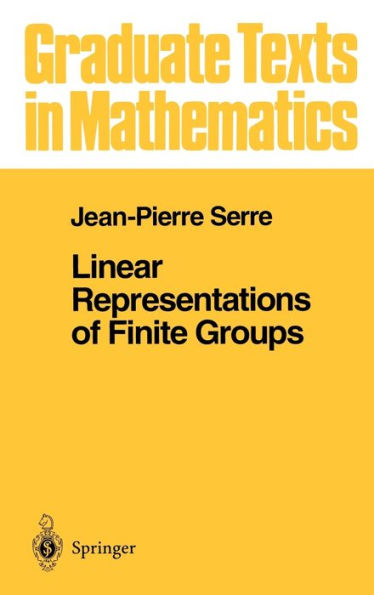5
1
9780387901909


Linear Representations of Finite Groups / Edition 1 available in Hardcover

Linear Representations of Finite Groups / Edition 1
- ISBN-10:
- 0387901906
- ISBN-13:
- 9780387901909
- Pub. Date:
- 09/01/1977
- Publisher:
- Springer New York
- ISBN-10:
- 0387901906
- ISBN-13:
- 9780387901909
- Pub. Date:
- 09/01/1977
- Publisher:
- Springer New York
74.95
In Stock

Product Details
| ISBN-13: | 9780387901909 |
|---|---|
| Publisher: | Springer New York |
| Publication date: | 09/01/1977 |
| Series: | Graduate Texts in Mathematics , #42 |
| Edition description: | 1977 |
| Pages: | 172 |
| Product dimensions: | 6.14(w) x 9.21(h) x 0.24(d) |
From the B&N Reads Blog
